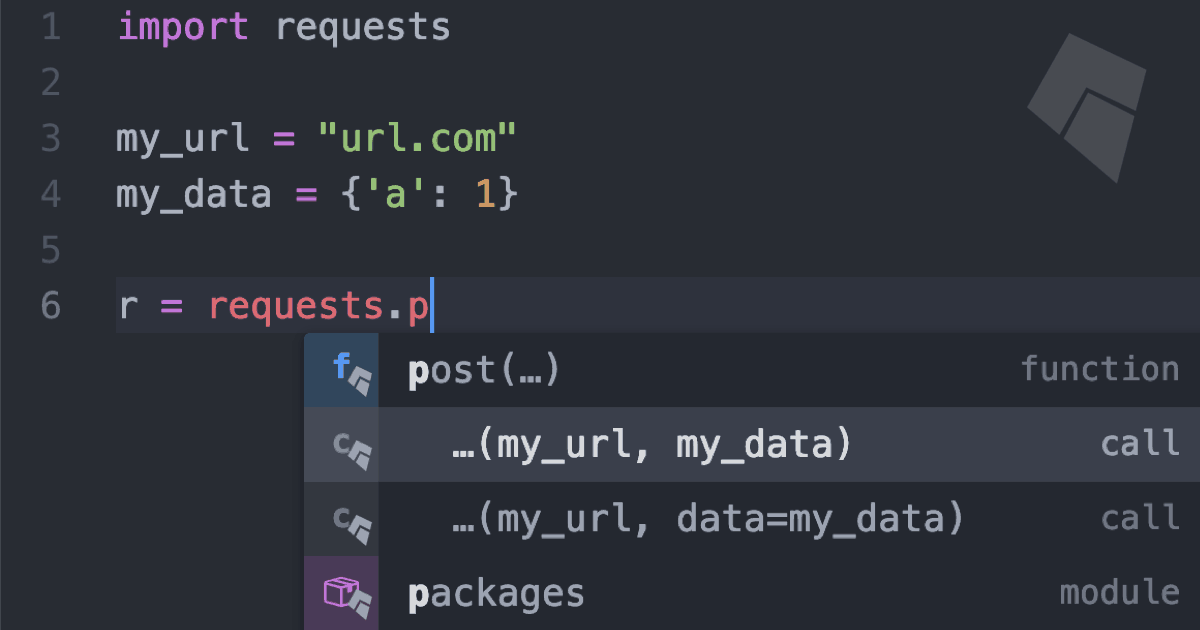To delete the Vim editor using App Cleaner & Uninstaller from your Mac, follow the next steps: Launch App Cleaner & Uninstaller. Select MacVim in the Applications tab. All its service files will be selected automatically. Click on the Uninstall button. Review the items you. Install mac vim / gvim. GitHub Gist: instantly share code, notes, and snippets. To install a plugin using vim-plug, add the list of plugin names between the two call statements. Then restart Vim and run the Vim command:PlugInstall to install all the plugins declared in the.vimrc file. Read more vim-plug usage here. Tip: Instead of restarting Vim, you can reload the Vim configuration by running the Vim command:so%. Install vim on Mac OSX. June 23, 2017 Amber. App name: vim; App description: Vi “workalike”” with many additional features. Brew install vim. To install the latest version, use homebrew: brew install vim The Ultimate vimrc. The Ultimate vimrc it's a collection of vimrc configurations to make easy the usage of vim. To download the The Ultimate vimrc, you need to install the git client. If you need install it, use home brew: brew install git Now, download the vimrc files.
Command-t is an excellent file browsing plugin for the Vim editor. For more information about the plugin, including screencasts demonstrating it in use, see the Command-t website. Really, go on. If you haven't tried Command-t yet, spend a couple of minutes watching the screencast. You'll love it.
So why am I writing this post when there already is plenty of information available on this subject? Well, I tried installing Command-t using the installation instructions, but Vim kept segfaulting:
This is how I got it working. First off, make sure that Vim is compiled with support for ruby. One can check this by typing vim --version in the terminal, and look for the word 'ruby' in the list of features. If the word is prefixed by a plus sign you are good to go, if not you will have to reinstall vim with ruby support. Doing this is simple enough using MacPorts:
Go grab sufficient amounts of coffee, tea or whatever your favourite beverage is and await the compilation to finish. Once done, it is time to grab the Command-t source code. This can be done by browsing the Command-t website and grabbing the latest release. If you keep your Vim configuration in a git repository, like me, you could add the Command-t repository as a submodule, as described in the README. In this blog post, however, I am assuming that you simply downloaded the Command-t vimball and that it is now sitting in your Downloads folder. To extract the vimball, simply open the file in Vim, and source it (as Vim tells you to at the bottom of the screen):
In Vim:
A lot of lines will come up, telling you about files that have been extracted and written. Don't be tempted to hit q, simply hit space until you reach the bottom. Then exit vim with :q. It is now time to compile the parts of Command-t that were written in C:
Mac Os X Installer Download
Using the full path for ruby when interpreting extconf.rb is crucial; you will want to make sure you use MacPorts ruby for this, and not the version of ruby provided by OS X. When the compilation is done (should only take a few seconds), you should be ready to go! Try start vim and hit <leader>-t.
Introduction
Install Vim On Mac Download
Vim which stands for vi improved is a text editor and an improved version of vi editor that is designed to run on CLI (Command Line Interface) as well as GUI (Graphical user interface) .
It was developed by Bram Moolenaar in 1991. It is a free and open source software which was released under the license which includes some charityware clauses.
In this tutorial, we will learn the steps involved in the installation of Vim on MacOS.
Prerequisites
- MacOS
- Login as an administrator on terminal.
Installation
The following steps are used to install Vim on MacOS.
-console.png/300px-Vim-(logiciel)-console.png)
1) Download the latest version
To install Vim editor on MacOS, we have to download its latest version by visiting the official website I.e. https://vim.sourceforge.io/download.php Paradigm shift in a sentence.
2) Mount the disk image file
The downloaded file stored in Downloads folder (in my case) is a disk image file which needs to be mounted to the Volumes directory. mounting needs a simple command as follows.


3) Copy the application file to Applications
The file is mounted as Vim.app which is an executable application file stored inside the Volumes directory. This file needs to be copied to the Application directory where the Applications are installed. This will be done via a simple command given below.
4) Unmount the file
We have done with installing vim on our MacOS. The next step which needs to be done is unmounting the file. This will be done by using unmount option with hdiutil command.
5) Working with Vim
Once we install Vim on our MacOS, we can use it for programming in any of the languages or for editing of any of the documents. To get started with the Vim, we either type simply vim on command line or we can open it via GUI by double clicking the vim icon shown in the Applications. Vim opens in the terminal which is shown in the image.
Well, we have successfully installed and get started with the VIM editor on MacOS.

